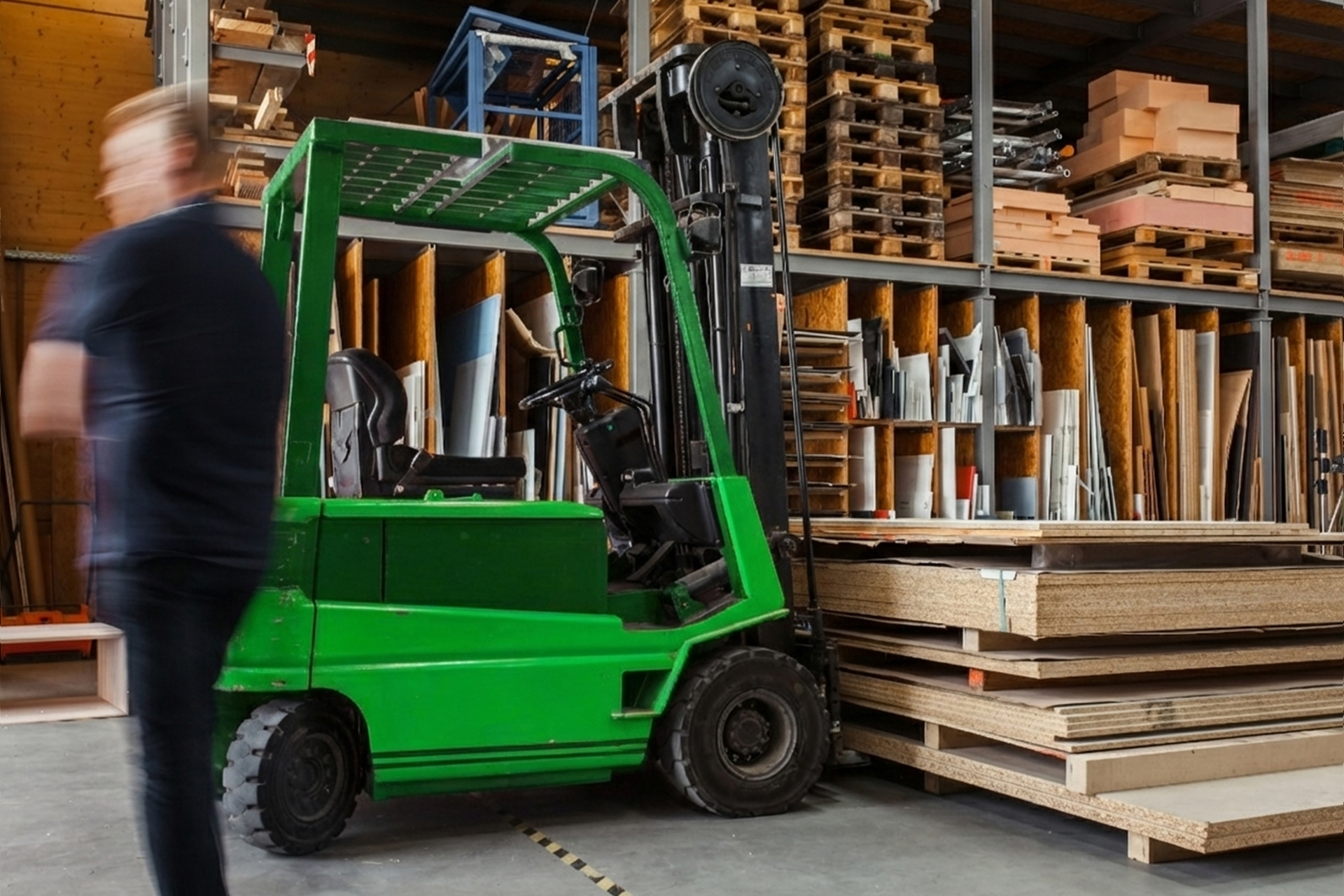As part of the arrangement, Green Cubes will supply Doosan’s electric industrial trucks with its Lithium SAFEFlex batteries and chargers.
ABOUT GREEN CUBES TECHNOLOGY
Green Cubes Technology develops and manufactures a complete portfolio of lithium power systems that enable its OEM and enterprise customers to transition from Lead Acid and Internal Combustion Engine (ICE) power to Lithium-ion battery power. Green Cubes utilizes proven hardware and software platforms to build the most reliable lithium battery systems in its industries. With over 300 employees across six countries, Green Cubes has been producing innovative, high-performance, and high-quality products since 1986. For more information, email info@greencubestech.com or visit greencubestech.com.




